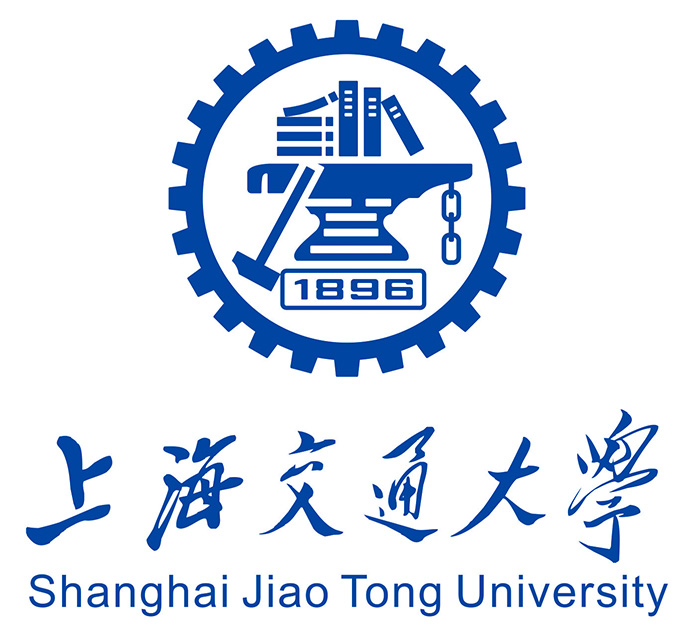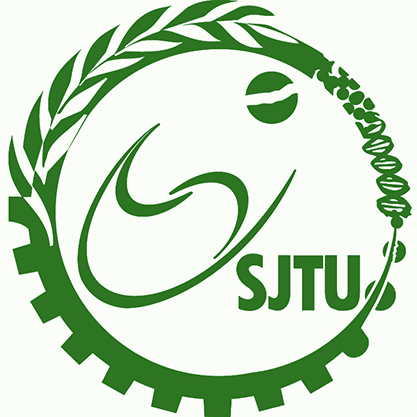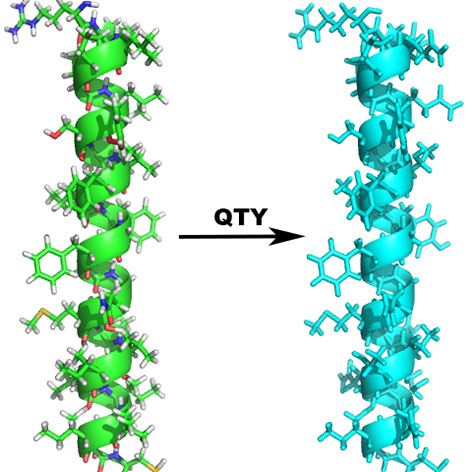
Introduction |
Design |
Help |
Tools |
FAQ |
Contact |
Publications |
|
TMHMM Server v. 2.0 This software/server is for the prediction of transmembrane helices in protein, which was developed and maintained by DTU Bioinformatics. The software is used in our server for scanning TM helices in target proteins due to its advantages in accuracy and speed. A hidden Markov model was used for the software. There is a standalone version of the software available on the web sites. |
| RaptorX This is a software package that predicts both 3-class and 8-class protein secondary structure using a probabilistic graphical model Conditional Neural Fields (CNFs), which is different from TMHMM. In our server, this is used to predict the structure change extent of a QTY designed protein. The previous version RaptorX-ss8 was used in our server. Now, in the web site, only the corresponding version RaptorX-Property is available. |
| Helical Wheel A helical wheel is a type of plot or visual representation used to illustrate the properties of alpha helices in proteins. The plot reveals whether hydrophobic amino acids are concentrated on one side of the helix, usually with polar or hydrophilic amino acids on the other. Here, we used the wheel to show the effect of QTY design on the alpha-helices. A program developed by Don Armstrong and Raphael Zidovetzki was included in. The above link can be used to access the original web site. An alternative web page is also built in our web site, which can be usded by clicking here. |
| Protter It is an open-source tool for visualization of proteoforms, which was developed by Bernd Wollscheid Lab. It is integrated in our server to graphically show the difference between the wild-type proteins and their corresponding QTY designed variants. It can also tell if a designed protein still is a TM protein. |
| ExPASy Compute pI/Mw This is a tool which allows the computation of the theoretical pI (isoelectric point) and Mw (molecular weight). The detail principle has been reported previously. Here, it is integrated in our lab to show the effects of QTY design on the features of a protein. |
| Tm Predictor The web site is for providing a calculating service of Tm index, which was developed by C. Lyu Lab (Institute of Bioinformatics and Structural Biology, National Tsing-Hua University, Hsin-Chu, Taiwan). In our server, the algorithm, instead of the service, was used for improving the speed of calculation. |
| ProPAS This is a stand-along software which can be used for prediction of protein features such as pI, Mw, and hydrophobicity. It can be downloaded by the above URL. The software was incorporated in the server to calculate the hydrophobicity of both wild-type proteins and their derivates. |
| JCat JCat is Java-based codon adaptation tool. In our research, it has been repeatedly and successfully used for reversal-translation of the designed GPCRs. |
|
FoldX The FoldX Suite builds on the strong fundament of advanced protein design features already implemented in the oldest FoldX versions and integrates new capabilities: loop reconstruction (LoopX) and peptide docking (PepX). |
|
Aggrescan3D Aggrescan3D (A3D) is aimed to predict the aggregation propensities of proteins in their folded states. A3D uses as input protein 3D-structures, derived from X-ray diffraction, solution NMR or modeling approaches in pdb format. The structures are energetically minimized before their analysis. |
|
Other useful website: https://pepcalc.com/peptide-solubility-calculator.php http://sparks-lab.org/server/SPIDER2/ http://scratch.proteomics.ics.uci.edu http://www.kazusa.or.jp/codon/ http://www.proteros.de/discovery-services/protein-crystallography/ http://molsim.sci.univr.it/cgi-bin/cona/begin.php |
 |
 |
 |
 |
Copyright © 2013-2024 Shanghai Jiao Tong University
沪交ICP备20180143